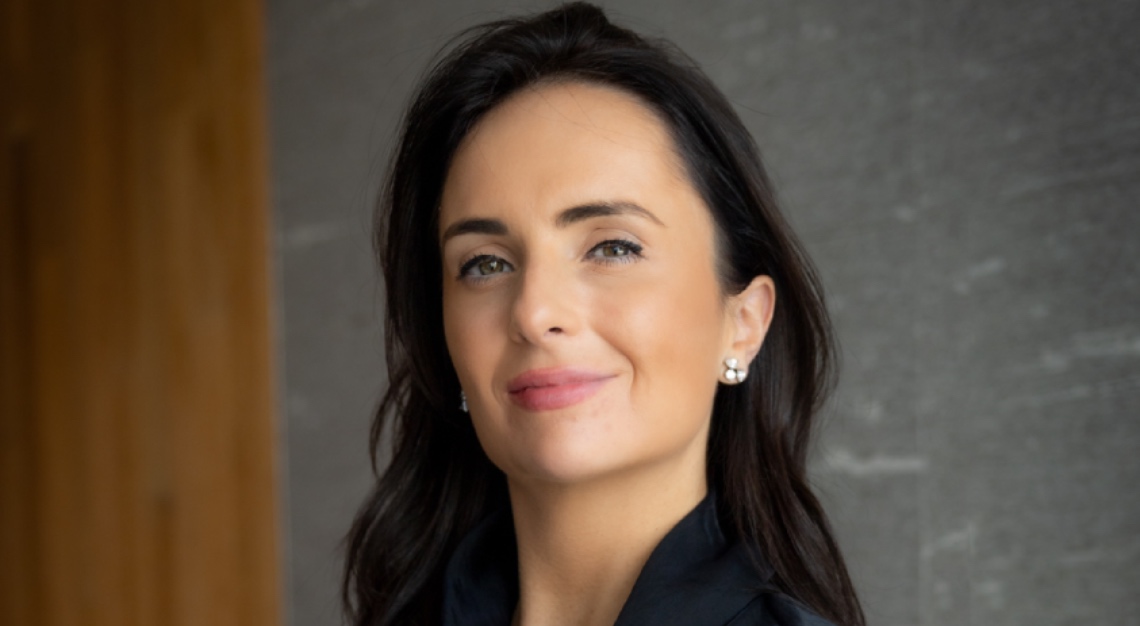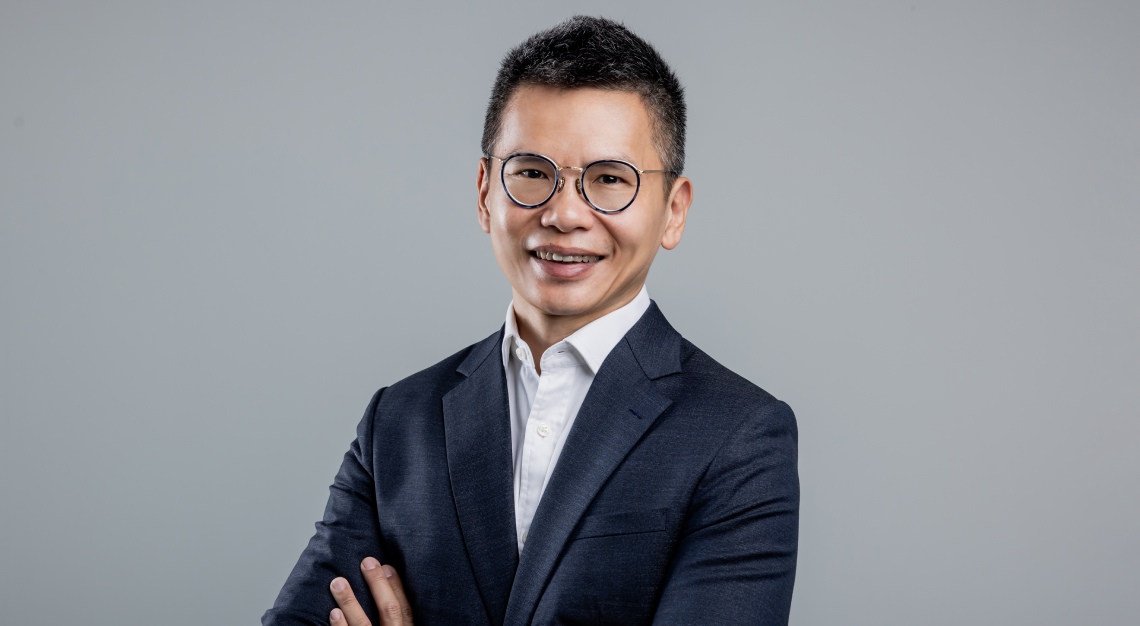Women Venture Asia is a new non-profit organisation that wants to remove the barriers to success for female entrepreneurs
Editor’s note: More Mind Your Business stories here.
A hundred years after the women’s suffrage, true equality remains an elusive dream. The UN, citing data from the International Labour Organisation, published in September this year that globally, women are paid 20 per cent less than men on average.
This is a disparity that is close to the heart for Harmin Kaur, Deborah Widjaja and Sandhya Sriram. As doting mothers and high achievers at work, they know only too well the challenges that modern women face. Kaur was a former banker at Goldman Sachs; Widjaja is the deputy CEO of Bund Center Investment; Sriram is the group CEO and co-founder of Shiok Meats, the first cultivated seafood and meat company in Southeast Asia. The three women have a few other things in common: they are all active volunteers and champions of women’s empowerment, as well as serial entrepreneurs.
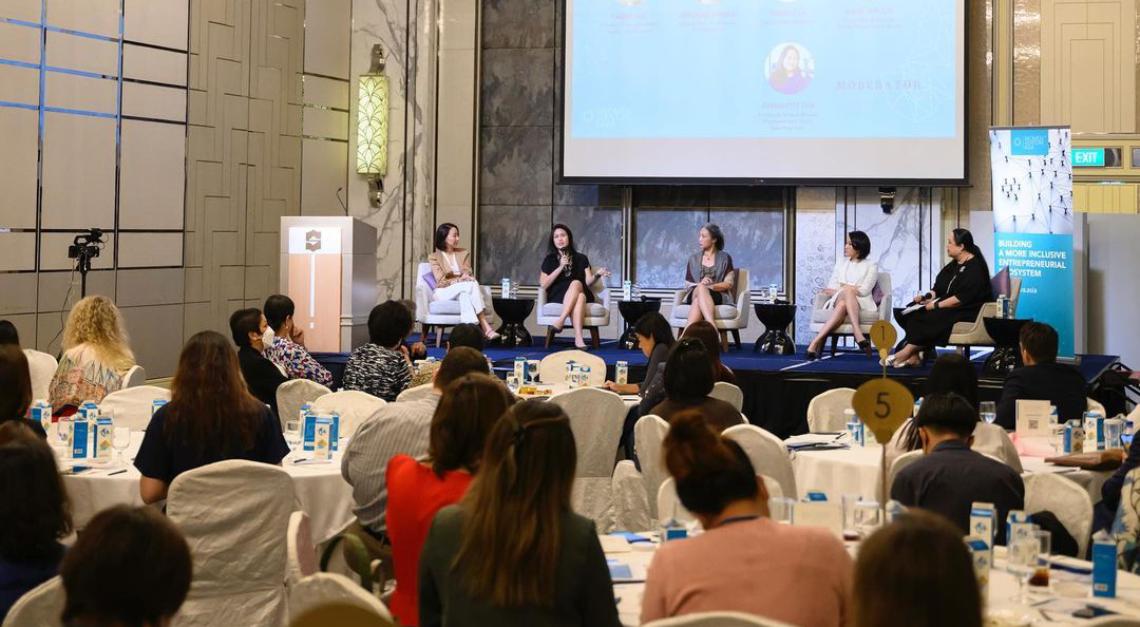
In June this year, Kaur left Goldman Sachs after 12 years. Guided by her passion, she wanted to pour her efforts into building a more inclusive entrepreneurial ecosystem for women. “I saw first-hand the impact of empowering women economically. I witnessed it in my family—my mother managed with a very modest income and invested in the family, growing her own assets to then retire comfortably and independently. Watching and experiencing this first-hand was inspiring,” she recalls.
Kaur roped in Widjaja and Sriram to join her mission. In October this year, Women Venture Asia was born. The non-profit organisation aims to bridge the gender gap in entrepreneurship by empowering female entrepreneurs with robust networks, access to funding, and coaching programmes. The intention is to create initiatives that serve female entrepreneurs at all growth stages, whether they are in the startup, expansion, or established phase.
Here, we speak with Kaur and Sriram about entrepreneurship and female empowerment.
Women’s empowerment has come a long way. Why do you think organisations the likes of Women Venture Asia remain relevant and necessary today?
Sandhya Sriram (SS): Indeed, we have come a long way, but within the entrepreneurial ecosystem, a lot more can still be done to build something more inclusive. Globally, only 2.3 per cent of the total funding of venture capital firms goes to female founders (Sriram is quoting the Harvard Business Review). The gap still persists.
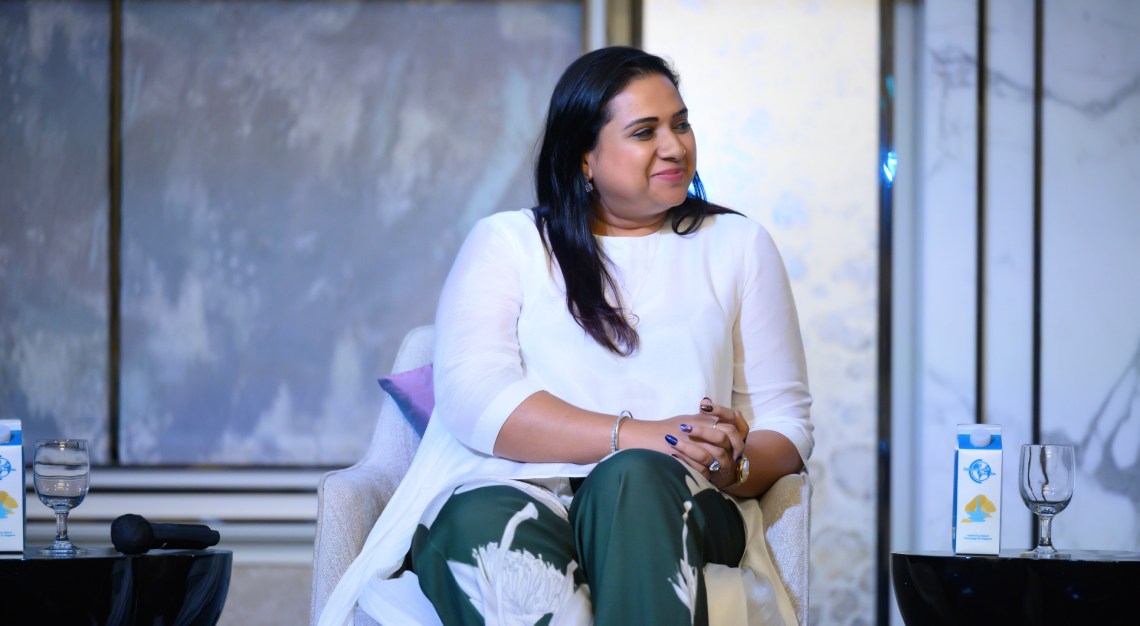
There are many ways to support female entrepreneurs. Why the way you have chosen?
Harmin Kaur (HK): We would like to work alongside venture capitalists and entrepreneurs to better understand the challenges of different stakeholders. In understanding these challenges, we want to create a collective call to action to advance inclusion within the broader ecosystem. Through our initiatives, we aim to support women entrepreneurs and leaders to reach their full potential. We are not looking at scale, but at impact that will come from the women we work with.
This impact can also come in the form of meaningful experiences. I believe in reaching deep to make a real difference. Hence, to complement workshops that are already available out there about hard skills, we want to engage in programmes such as transformational coaching for greater self-discovery and awareness. Self-awareness can be used as a tool to overcome barriers that may be holding female entrepreneurs back, for example, addressing the fear of failure and working with them to build bolder ambitions through a transformed mindset.
What part of your personal experience has driven home how challenging it is to be a female entrepreneur?
SS: The choice between being a mother and an entrepreneur. As an entrepreneur, my baby is my startup, but at home, my baby is my son. I love both of them but it is very hard to have it all. I have had to choose to prioritise my startup at times, but I make sure to have a strong support system for my son during the days and weeks I miss out on spending with him. I have to admit it’s been difficult to give them the amount of attention and love they both deserve.
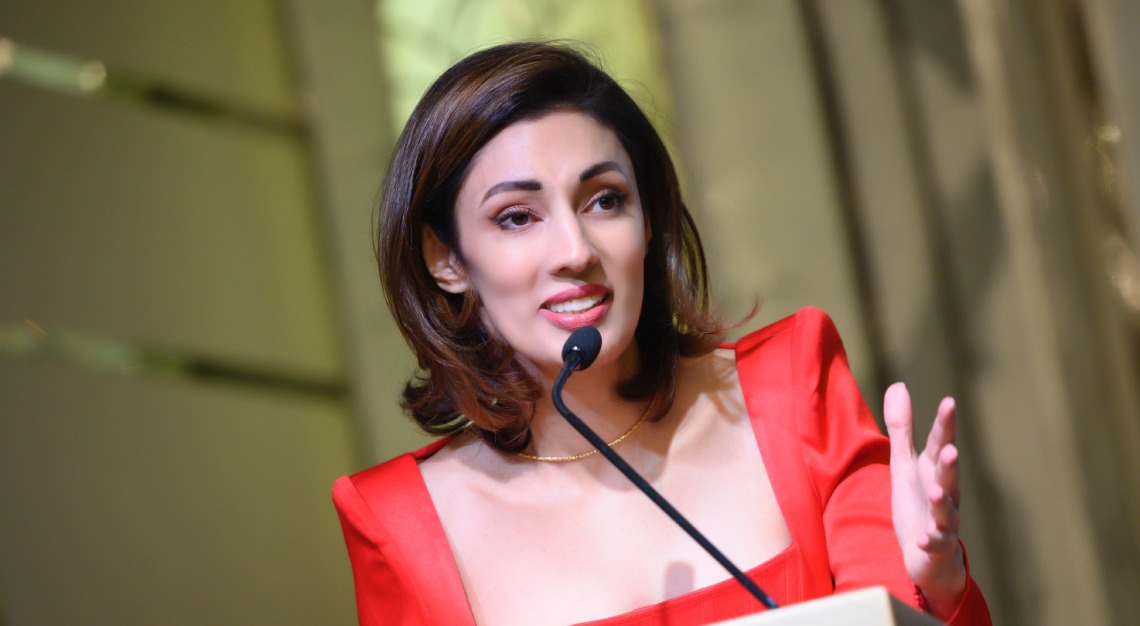
In your opinion, what is the main barrier to success for female entrepreneurs?
HK: It’s multi-factorial. One of the main barriers we are looking to address is a lack of access to robust networks. Both Sandhya and I have kids, and we have personally experienced that we have less time and hence, inclination to broaden our network. Our networks thus tend to have narrower reach and access compared to our male counterparts.
This lack of networks, or access to them, can in turn result in a lack of support at each stage of growth. It could then result in a lack of peer-to-peer support to encourage women to take that leap and source for capital, culminating in a “sustainability deficit”—what we call the scaling gap. The Boston Consulting Group’s (BCG) research shows that there is a “greater tendency of woman-led companies to stagnate over time”.
What are you hoping to achieve with Women Venture Asia in the next five years?
HK: Our vision is to build a strong and inclusive ecosystem for female entrepreneurs, working with industry role models and experts. As we are still starting out, Women Venture Asia is first aiming to build a core community of women entrepreneurs who will stand to benefit through our organisation’s support. Over the next five years, we want to empower women by enabling greater access to robust networks, creating access to funding, and building capacity that not only includes business skill sets, but a more holistic approach to include mental resilience and wellness.
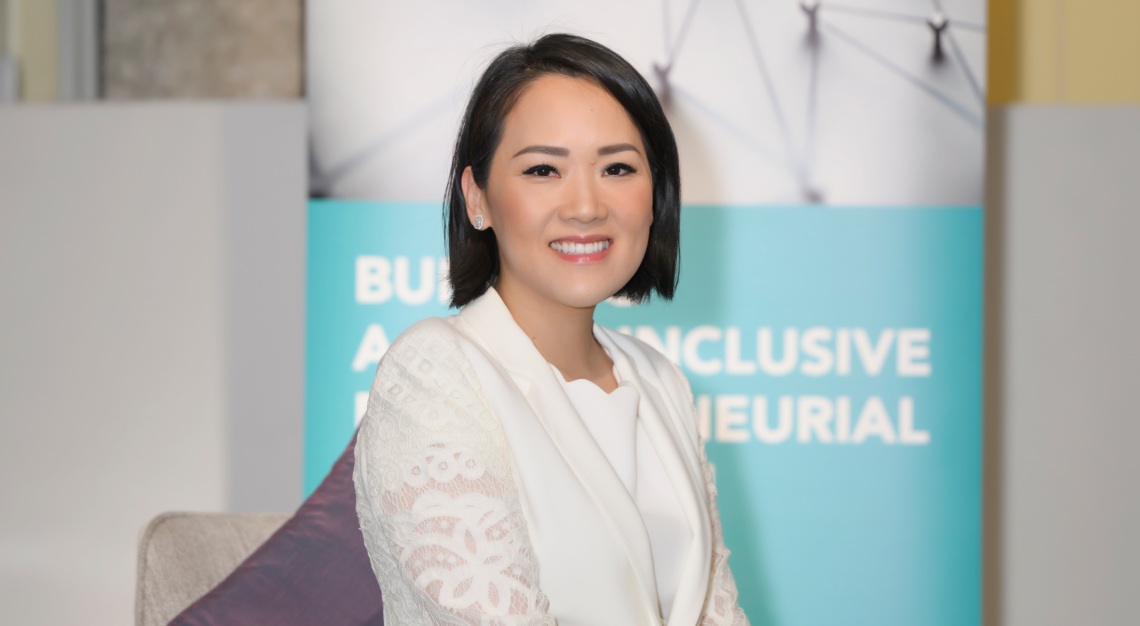
What is one advice you would give to women at the start of their entrepreneurial journey?
SS: Aim big and aim high, and don’t be too hard on yourself. Also, learn to prioritise, work hard, work smart, and have the strongest support system around you at work and at home.
Why do you enjoy what you do?
HK: It’s hard when I think about how much needs to be done and how long it is taking to move the needle. But I love doing it because what is the alternative? We can’t afford to do nothing. I do it for my kids; for my daughter and son, so that they may be able to thrive in a more inclusive environment.



